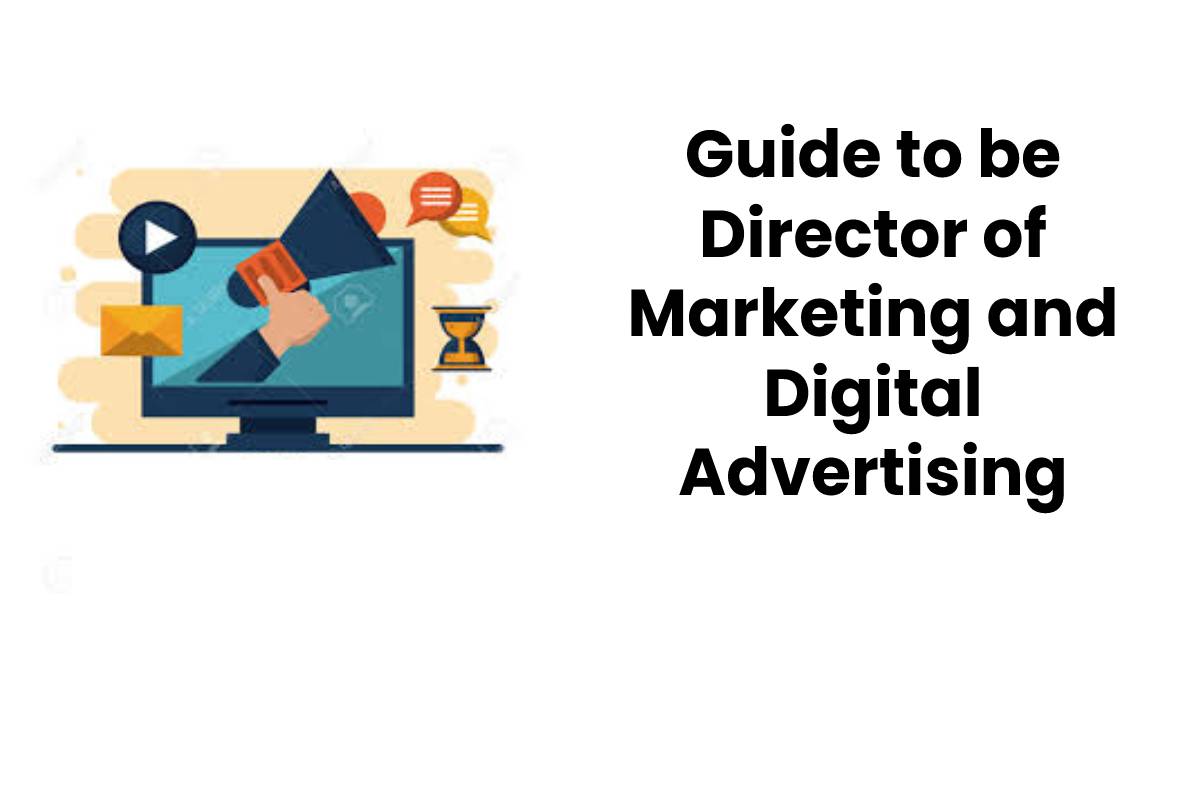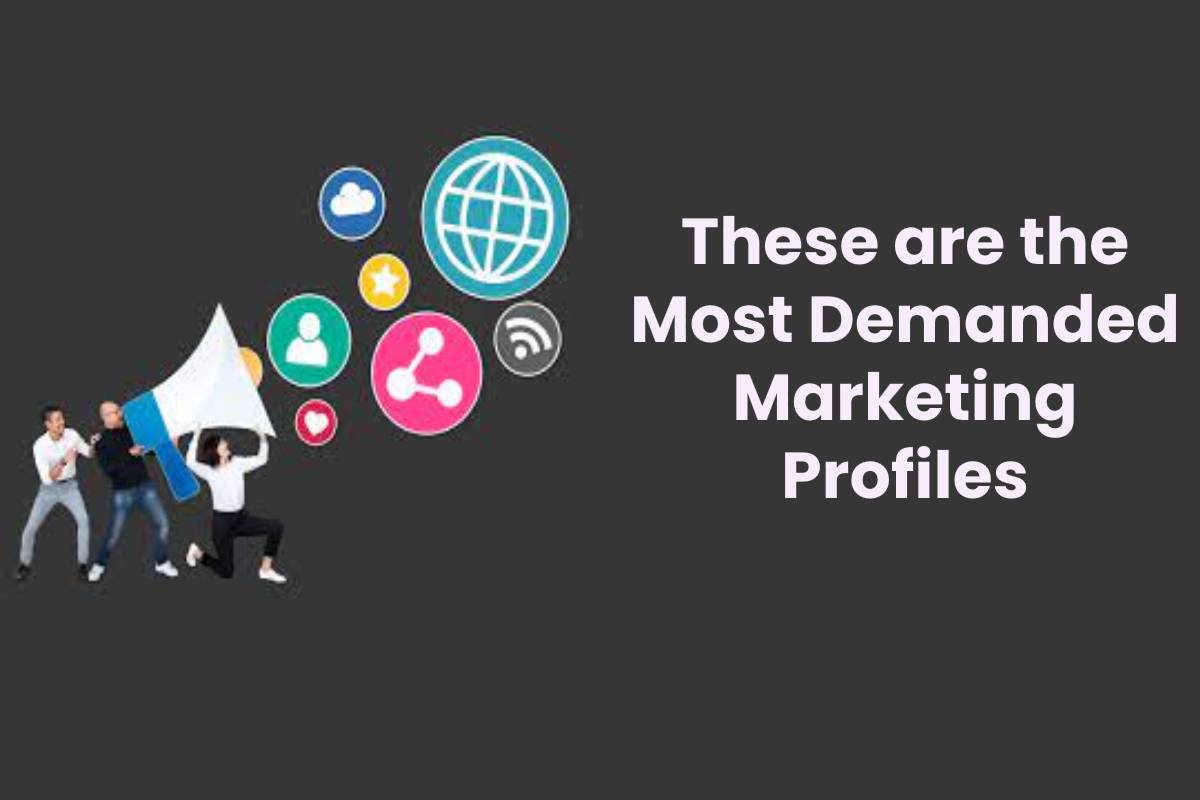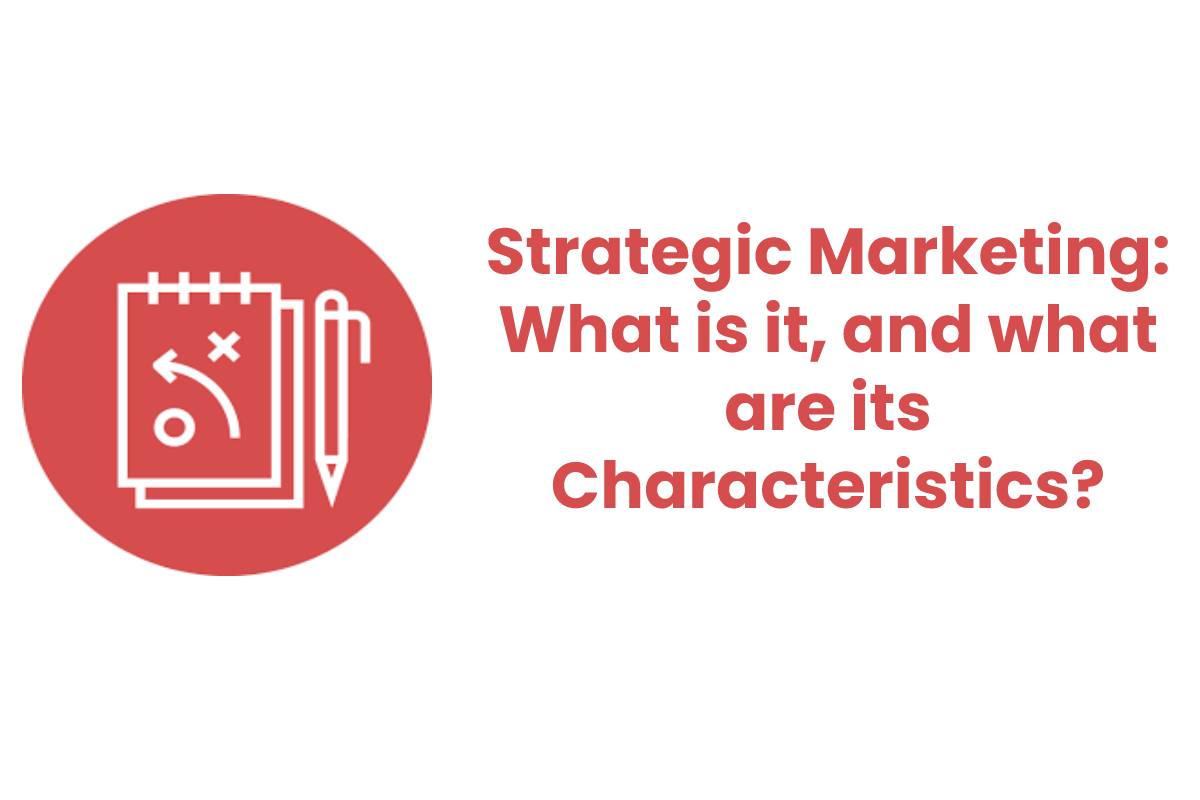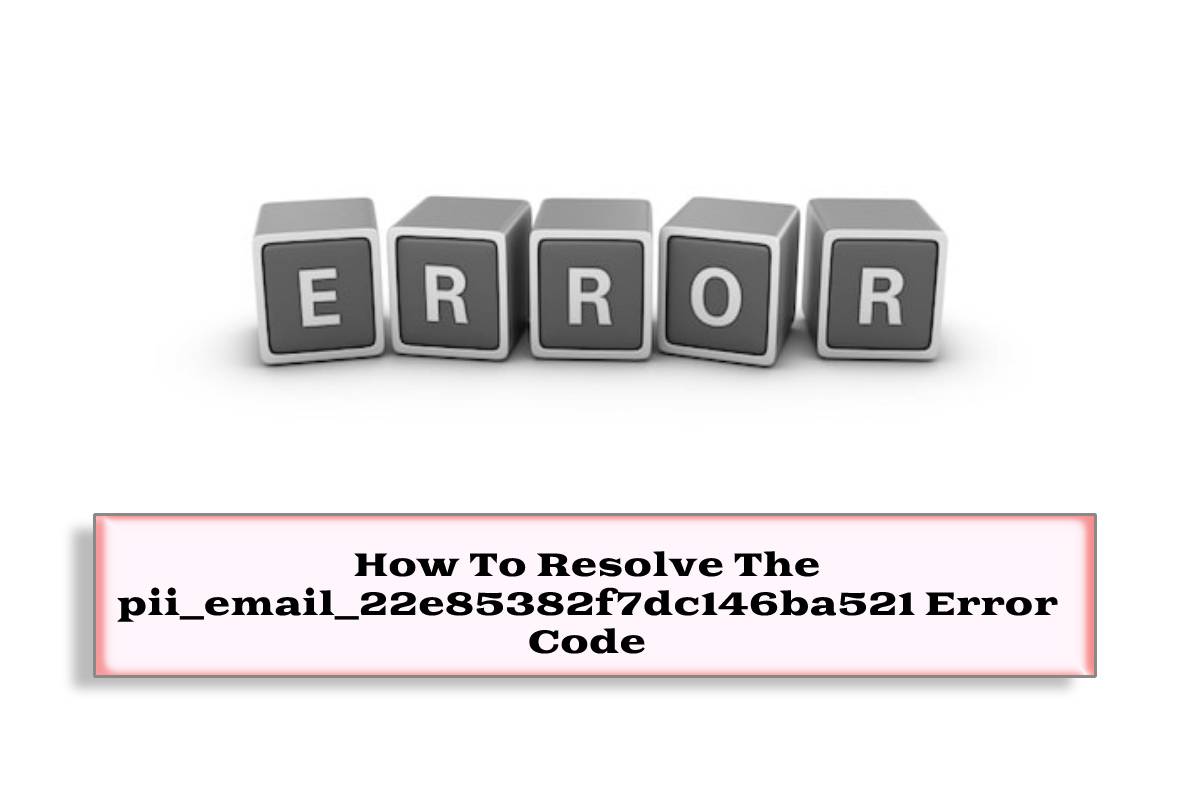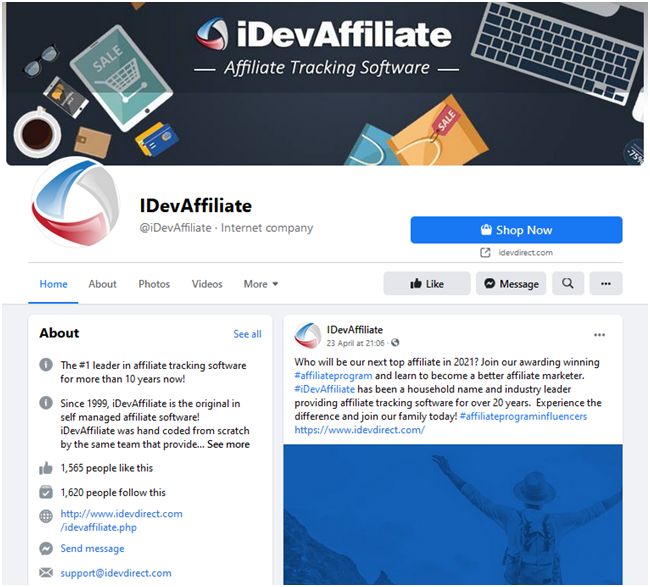Director of Marketing and Digital Advertising
The Marketing Director is one of the most demanded professional profiles today. Next, I want to share the skills, functions, tools and concepts necessary to work in the marketing management area of a company.
The Marketing Director is the professional in charge of shaping the Marketing Plan of a company. To do this, you must gather a series of qualities and skills that I will tell you about below.
Also read : What is a Style Guide, and What is it for?
Table of Contents
Skills of the New Marketing Director in the Company
The Marketing Director has to meet these nine requirements or skills.
Persona 2.0
He is a professional who spends most of his time on the Internet, turning his computer and mobile devices into his main work tools. Therefore, you should be aware of the latest news, updates or applications that can facilitate your daily activities. You should not lose sight of the footsteps of the great leaders of the technology sector such as Apple, Google, Microsoft and be continuously at the forefront of new trends.
Marketing
This professional is responsible for developing and implementing the marketing strategy of the company. Therefore, he must be well trained in trends and updates related to the use of analysis tools, implementation, management, and marketing strategies.
Social Media Man
We are currently experiencing a true social revolution. The way people communicate is continually changing. Generation Y of Millennials seek recognition and be heard by the brands they follow, and the ideal medium for this is through social networks. Therefore, this professional must locate what is said about the brand in the different social networks, being one of the most suitable channels to connect and interact with consumers.
In this section, it is important to highpoint two social networks that are especially important for this professional:
Linkedin. It is very useful to connect with other professionals in the same work environment, where you can share articles and opinions on current issues.
SlideShare. To show your presentations and projects.
Blogger
It is as important to build the brand’s image and reputation as it is of the professional who represents it. For this reason, a good marketing director should reserve a part of his time for writing quality articles on topics related to his field of work
Growth Hacker
As head of a strategy, you must study what works and helps the company grow. Therefore, you must carefully analyze consumers’ behaviour in each of the actions carried out in the purchase process. Let’s not forget that the difficult part is not collecting the information but detecting what can be useful. The Growth Hacker is responsible for collecting, filtering and recomposing the data obtained.
A born Entrepreneur
A marketing manager is part of a group of professionals who work together to achieve a common goal. In this way, you will work hand in hand with other departments such as accounting or human resources. For this reason, it will be vital that you understand how each of them works and maintain internal fluid communication at all times.
Team Leader
A marketing director should rely on his team whenever he needs it and always be by his colleagues’ side to advise and help them in whatever is necessary. It would be best if you did not forget that, despite being in charge of developing the strategy to be followed by the company, without a team that implements each of the actions, your work has no value whatsoever.
Autodidact
A marketing director must be continuously training, either experimenting with the new tools that come on the market or presence conferences such as the Meeting of Agencies, to be aware of the sector’s trends.
Creative
Especially in marketing, creativity is an element of differentiation that can help a company’s strategy stand out above its competitors. A Brainstorming meeting with a pot of strong coffee can be a good option to start the day and awaken the most creative side.
A good complement to the coffee pot is conference programs and websites such as TED or Marketing.TV, which offers you the possibility of listening, learning and taking ideas from referents and professionals from different sectors.

